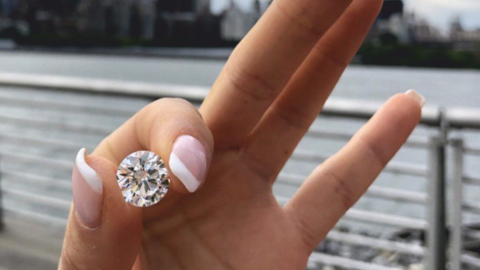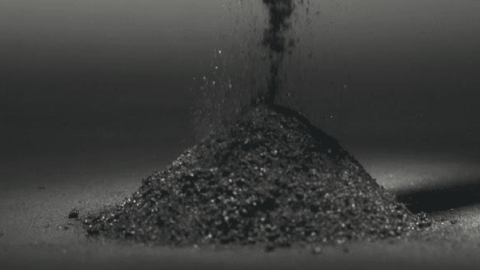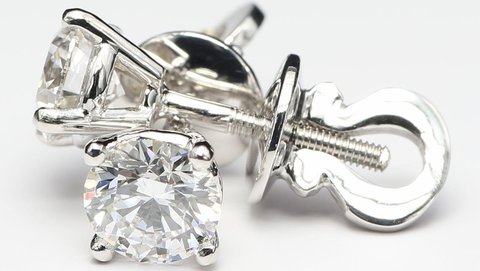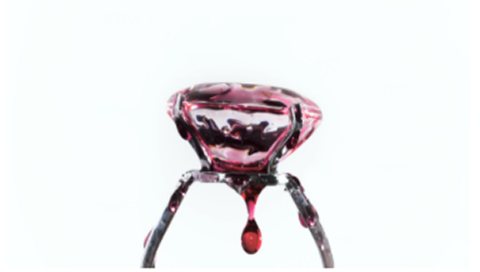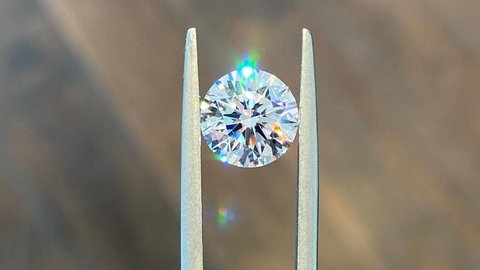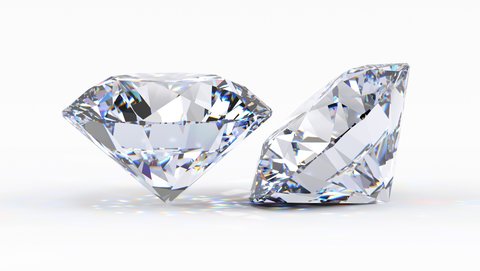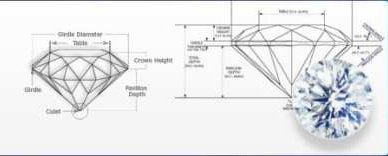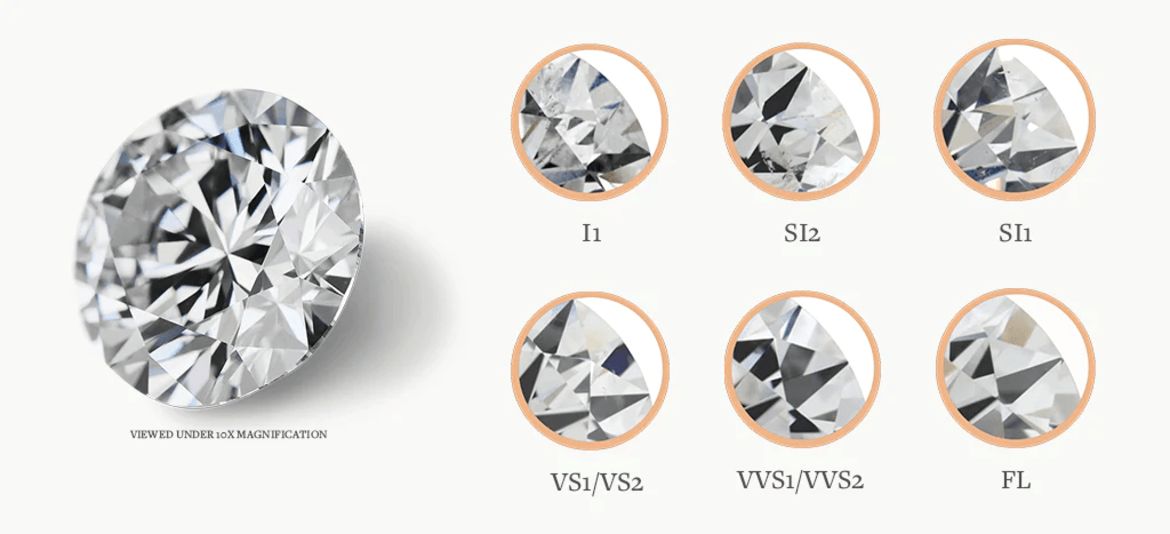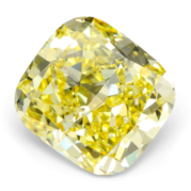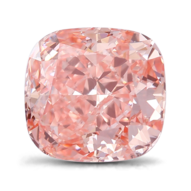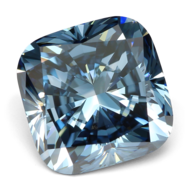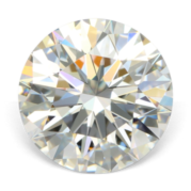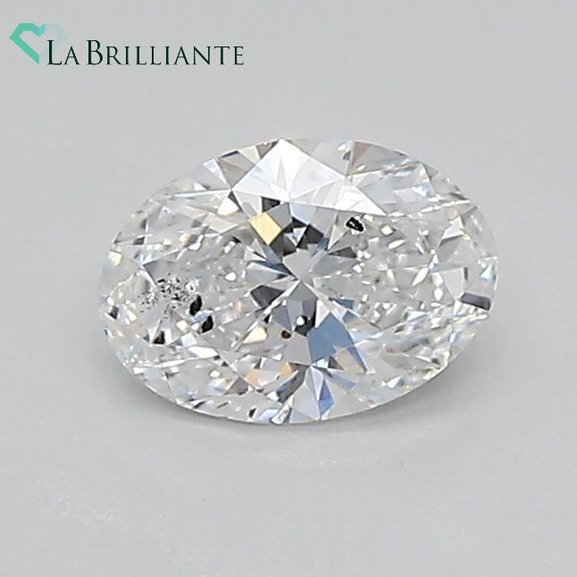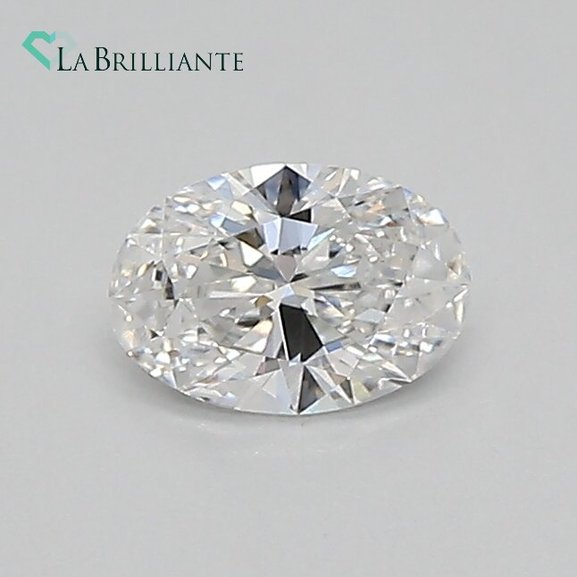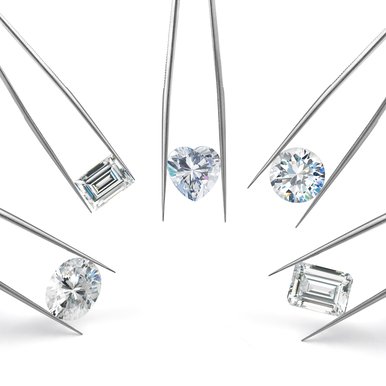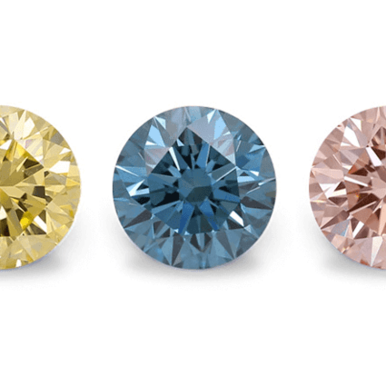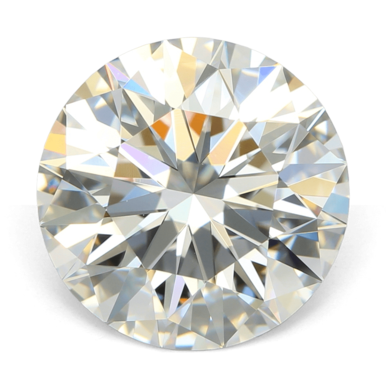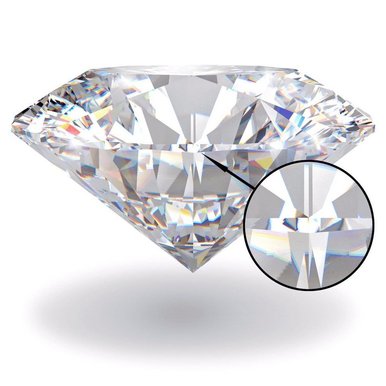SI2 Lab-Grown Diamond: The Complete Guide
Virtually every diamond undergoes a thorough assessment by a gemological laboratory before it's put up for sale. One of the critical aspects evaluated is the diamond's clarity, and the findings are documented in a grading report.
Diamond clarity grading extends beyond just determining its see-through quality. It encompasses a detailed description of the type, size, and quantity of imperfections found within the gem. Diamonds with larger or more numerous flaws are assigned lower clarity grades.
Clarity ratings are expressed through letter grades, starting from "Flawless" (F) as the highest and descending to "Included" (I) as the lowest. There are also intermediate grades and some with numerical sub-categories, like SI1 and SI2, where a higher number correlates with a greater level of clarity.
Virtually every diamond undergoes a thorough assessment by a gemological laboratory before it's put up for sale. One of the critical aspects evaluated is the diamond's clarity, and the findings are documented in a grading report.
Diamond clarity grading extends beyond just determining its see-through quality. It encompasses a detailed description of the type, size, and quantity of imperfections found within the gem. Diamonds with larger or more numerous flaws are assigned lower clarity grades.
Clarity ratings are expressed through letter grades, starting from "Flawless" (F) as the highest and descending to "Included" (I) as the lowest. There are also intermediate grades and some with numerical sub-categories, like SI1 and SI2, where a higher number correlates with a greater level of clarity.

What is an SI2 Lab-Grown Diamond?
The SI2 (Slightly Included) clarity grade resides on the lower rung of the diamond clarity grade. It's imperative to grasp that SI2 diamonds exhibit considerable variability – some may display more apparent inclusions than others. However, locating an SI2 diamond that achieves the elusive "eye-clean" status, meaning it appears devoid of noticeable imperfections to the unaided eye, can yield substantial savings compared to diamonds in higher clarity categories.
When searching for an SI2 diamond, the most important factor is identifying one that meets the "eye-clean" criterion. To figure out what kind of inclusions are in a stone, you need to look closely at the diamond certificates' clarity chart. Focus on inclusions strategically positioned in areas easily concealed by the setting or prongs of the ring.
Frequently, SI2 lab-grown gemstones are characterized by a multitude of prominent black inclusions, some of which can be conspicuously positioned at the very center of the diamond's table. When assessing diamond clarity, various elements come into play, including the quantity, size, relief, nature, and location of these inclusions. In the case of SI2 clarity diamonds, these inclusions are quite evident and can be easily discerned by an experienced grader under 10x magnification. Furthermore, if your diamond surpasses the half-carat mark in size, there's a good chance that these inclusions may be visible to the naked eye.
The impact of inclusions on a diamond's overall appearance is substantial, and the size of these imperfections is a critical factor. Larger inclusions are more likely to catch one's attention, particularly when they contrast with the diamond's color. Black inclusions, in particular, stand out prominently compared to larger, transparent, or white inclusions.
The location of these inclusions plays a pivotal role in determining a diamond's clarity. Inclusions positioned at the center of the table are the most noticeable and easiest to spot.
Within the realm of lab-grown diamond clarity, a variety of inclusion types can be found, such as pinpoints, clouds, crystals, needles, knots, feathers, cleavages, internal grain lines, and twinning. Surface blemishes include polish lines, scratches, naturals, indented naturals, cavities, chips, and bearding. A comprehensive understanding of these factors is crucial when evaluating the overall quality and appearance of a gemstone.
Comparing SI1 and SI2 Lab-Grown Diamonds
When it comes to the clarity of lab diamonds, the contrast between SI1 and SI2 is quite distinct. SI2 stones typically sport more conspicuous inclusions compared to their SI1 counterparts. What's more, the imperfections within SI2 diamonds tend to be darker and more overt. This disparity in clarity is precisely why a greater proportion of SI1 diamonds attain the coveted status of being "eye-clean."
In general, if you're seeking the best value for a stone that appears flawless to the naked eye in most diamond shapes, SI1 diamonds are a prudent choice. However, don't dismiss the possibility of stumbling upon an "eye-clean" SI2 diamond, which can translate into substantial savings, often amounting to hundreds of dollars when compared to an SI1 diamond.
The leap in price from SI1 to SI2 is not arbitrary; it is rooted in the prevalence of eye-clean stones. SI2 diamonds, by their nature, tend to exhibit more conspicuous flaws, making them the less common choice for those seeking a diamond free of noticeable blemishes.
Should your quest for an eye-clean SI2 gemstone prove elusive, it is well worth the additional investment to secure an SI1 lab-created diamond. The presence of evident imperfections can detract from a diamond's inherent beauty, and such blemishes may remain a lasting reminder throughout the life of the engagement ring. This underscores the importance of scrutinizing each diamond closely to ensure imperfections do not mar its visual appeal.
Is SI2 Lab-Grown Diamond Clarity Good?
The SI2 diamond clarity grade can be a viable choice, especially if the diamond is "eye-clean." The key factor to assess is whether any inclusions are readily visible to the naked eye. SI2 diamonds are often characterized by a higher presence of imperfections and more conspicuous inclusions when compared to diamonds with better clarity grades such as SI1 or VS2. However, there are instances where you may come across an SI2 diamond that appears free of noticeable flaws when viewed without magnification, and this can make it a cost-effective and valuable option.


